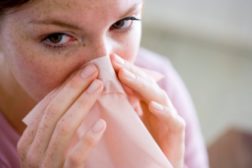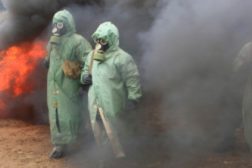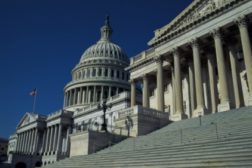Home » health
Articles Tagged with ''health''
Emergency preparedness eroding, study finds
Cutbacks threaten ability to respond to bioterror attacks, natural disasters
December 28, 2011
Never miss the latest news and trends driving the safety industry
eNewsletter | Website | eMagazine
JOIN TODAYCopyright ©2024. All Rights Reserved BNP Media.
Design, CMS, Hosting & Web Development :: ePublishing










